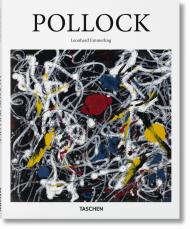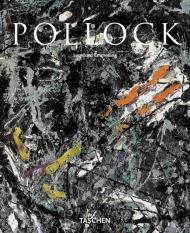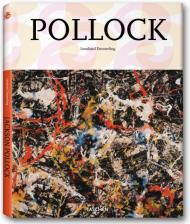Abstract Action. The splattered oeuvre of a cultural icon
The rebel hero of Abstract Expressionism, Jackson Pollock careened through his life like a firework across the American art landscape, with his urgent, splattered drip paintings his most explosive legacy. This essential introduction traces Pollock’s work and his fame to understand his masterpieces in the greater modernist story and explore his making as a cultural icon.
The rebel hero of Abstract Expressionism, Jackson Pollock (1912–1956) careened through his life like a firework across the American art landscape. Channeling ideas from sources as diverse as Picasso and Mexican surrealism, he rejected convention to develop his own way of seeing, interpreting, and expressing.
Pollock’s most famous works are his drip paintings, where he dripped and poured household enamel paint over the canvas with a variety of instruments, from sticks to syringes, hardened brushes to broken bits of glass. The splattered results pulsate with energy, replacing the refinement of easel and brush with something altogether more immediate, vivid, and physical. To evade the viewer’s search for figurative elements in his paintings, Pollock abandoned titles and identified each work with a neutral number only.
Notoriously reclusive and volatile, struggling with alcoholism, married to fellow Abstract Expressionist Lee Krasner, and killed in a car crash aged just 44, Pollock is as much a compelling celebrity icon as an artistic pioneer. This essential artist introduction explores both his work and his fame to shed light on masterpieces of the modernist story, and the making of a cultural icon.
The author
Leonhard Emmerling received his doctorate from the University of Heidelberg for a thesis titled “Jean Dubuffet’s Art Theory.” He is the Director of South Asia Programmes at the Goethe-Institute’s office in New Delhi and was previously active as a curator at various art institutions in Germany. His publications include TASCHEN’s Jean-Michel Basquiat and Jackson Pollock.
About the series:
Each book in TASCHEN's Basic Art series features:
- a detailed chronological summary of the life and oeuvre of the artist, covering his or her cultural and historical importance
- a concise biography
- approximately 100 illustrations with explanatory captions




